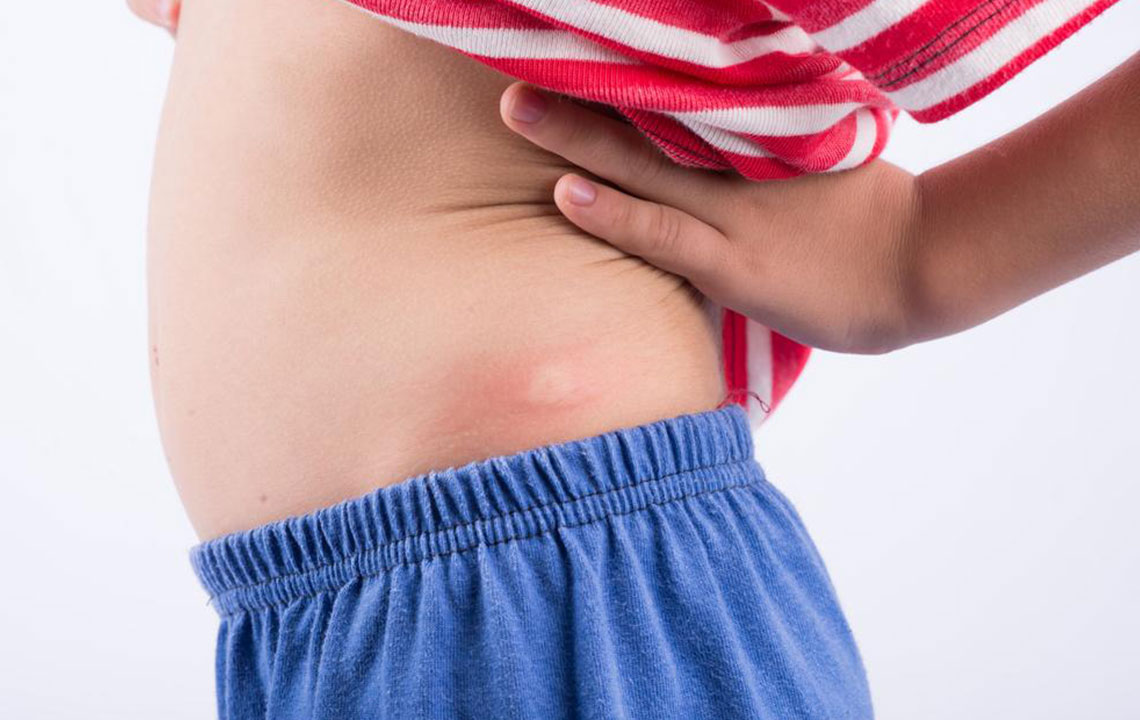5 Useful Things to Know about Hidradenitis Suppurativa
Hidradenitis suppurativa (HS) is a disease where the affected person gets painful bumps under their skin, mostly near the sweat glands. For now, there is no permanent cure for this affliction, but medical treatments and changes in lifestyle have proven to provide relief as well as reduce future flare-ups.
Hidradenitis suppurativa occurs in places where the swear glands are located. The sweat glands are known as apocrine glands, which are located in places where an individual usually has hair, like under the arms, around the groin region and between the buttock cheeks.

Hidradenitis suppurativa is a condition that lasts for a long time and can get very frustrating to deal with. It also takes an emotional toll. People suffering from this affliction should seek support from family and friends and maybe even join a support group. Skin conditions can have a physical and emotional toll on the patient and should be handled with care.
Causes: The causes of hidradenitis suppurativa are not yet known, but it is proven that the skin problems begin when sweat glands become blocked. Most people see the first symptoms in their teens or during the twenties. It also happens to be more common in women as compared to men as well as in people who smoke or are overweight. It can also be hereditary as about one-third of the people who suffer from HS usually have another relative with the same problem. Medical researchers and scientists have not been able to pinpoint the causes for hidradenitis suppurativa, but it has been noted that it is not caused by the use of powders, deodorants or by shaving one’s underarms. It is not contagious; this condition does not spread from one person to another through contact.
Symptoms: A single, often painful bump that gets inflamed is the first sign of hidradenitis suppurativa that can last for several days or even span into months. A single bump can break out repeatedly in the same area or general location. These bumps soon develop into pockets and pus starts developing within these, which gives off a bad smell when the bumps finally burst. They can be itchy and also spread over a given area in a matter of days. Bumps that are very deep become scars as they heal with time. In certain people, it has been noticed that these become little tunnels under the skin known as sinus tracts that connect different areas of the outbreaks like a little roadmap under the skin. These symptoms can appear and disappear at random in the form of leaky pockets and bumps and sometimes, in severe cases, they may not even heal.
Getting a diagnosis: A doctor usually checks the skin to diagnose. The doctor will check the areas where the pockets and bumps are located and the time duration for which they occur. A doctor may additionally ask the following questions:
– When did the symptoms first show up?
– Are the symptoms painful?
– Have these symptoms occurred in the past?
– Do any blood relatives have similar problems?
In case the doctor suspects the presence of other infections, he may extract a sample of the pus and send it for analysis to rule out other related health issues. Tests are not a pre-requisite to confirm the diagnosis. At times, the doctor would take samples of the pus for lab analysis to rule out any other kinds of infections.
Treatment: The type of treatment required to fix HS depends on the severity of the problem. Usually, a little bit of trial and error is required before treatment starts showing results. Warm compresses in the case of mild eruptions, NSAIDs nonsteroidal anti-inflammatory drugs available over-the-counter, and antibiotics are the most common remedies for hidradenitis suppurativa.
Questions to ask a doctor: A patient should ask the following questions to their doctor about hidradenitis suppurativa
– How mild or severe is the hidradenitis suppurativa condition?
– What treatments are available that suit the lifestyle?
– Which treatments does the doctor recommend?
– Should antibiotics be taken?
– Are there other medications that can be taken?
– Can any of these medications cause side effects?
– Will surgery be required?
– What lifestyle changes should be implemented to help manage the condition?
– Will losing weight help?
Paying close attention to early signs and symptoms can help you diagnose the problem before it takes a serious form. Taking necessary measures avoid all possible risk factors and triggers is important.




